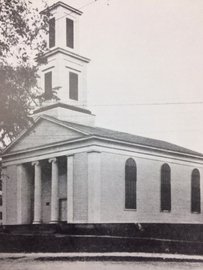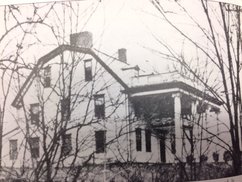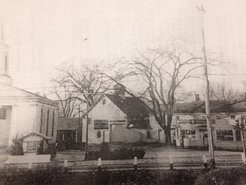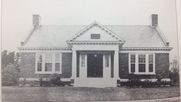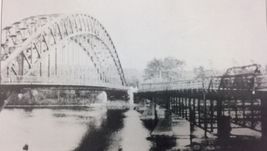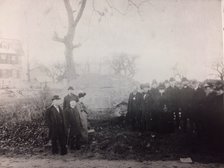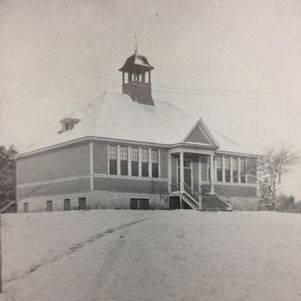
The Winslow School.
The Winslow School was first begun in 1792 with a grant from Madam Sarah Tyng Winslow given to the town in 1789 for the betterment of the schools. This original building has since been moved to Dunstable and is today known as "The Little Red School House" located on Kendall Rd.
The Winslow School building that now sits atop the hill in Tyngsborough Town Center was first built in 1892 to make room for the growing number of children within our town. The first session in the new school house took place on October 11, 1892 with only two very large rooms to house the students. By 1915 the school was remodeled and four rooms were added to the back, and again in 1947.
Today, many generations of Tyngsborough families remember their days attending the Winslow School. For over 100 years many fond memories were made within her halls while school was in session from 1892 until 2002.
The Winslow School was first begun in 1792 with a grant from Madam Sarah Tyng Winslow given to the town in 1789 for the betterment of the schools. This original building has since been moved to Dunstable and is today known as "The Little Red School House" located on Kendall Rd.
The Winslow School building that now sits atop the hill in Tyngsborough Town Center was first built in 1892 to make room for the growing number of children within our town. The first session in the new school house took place on October 11, 1892 with only two very large rooms to house the students. By 1915 the school was remodeled and four rooms were added to the back, and again in 1947.
Today, many generations of Tyngsborough families remember their days attending the Winslow School. For over 100 years many fond memories were made within her halls while school was in session from 1892 until 2002.
